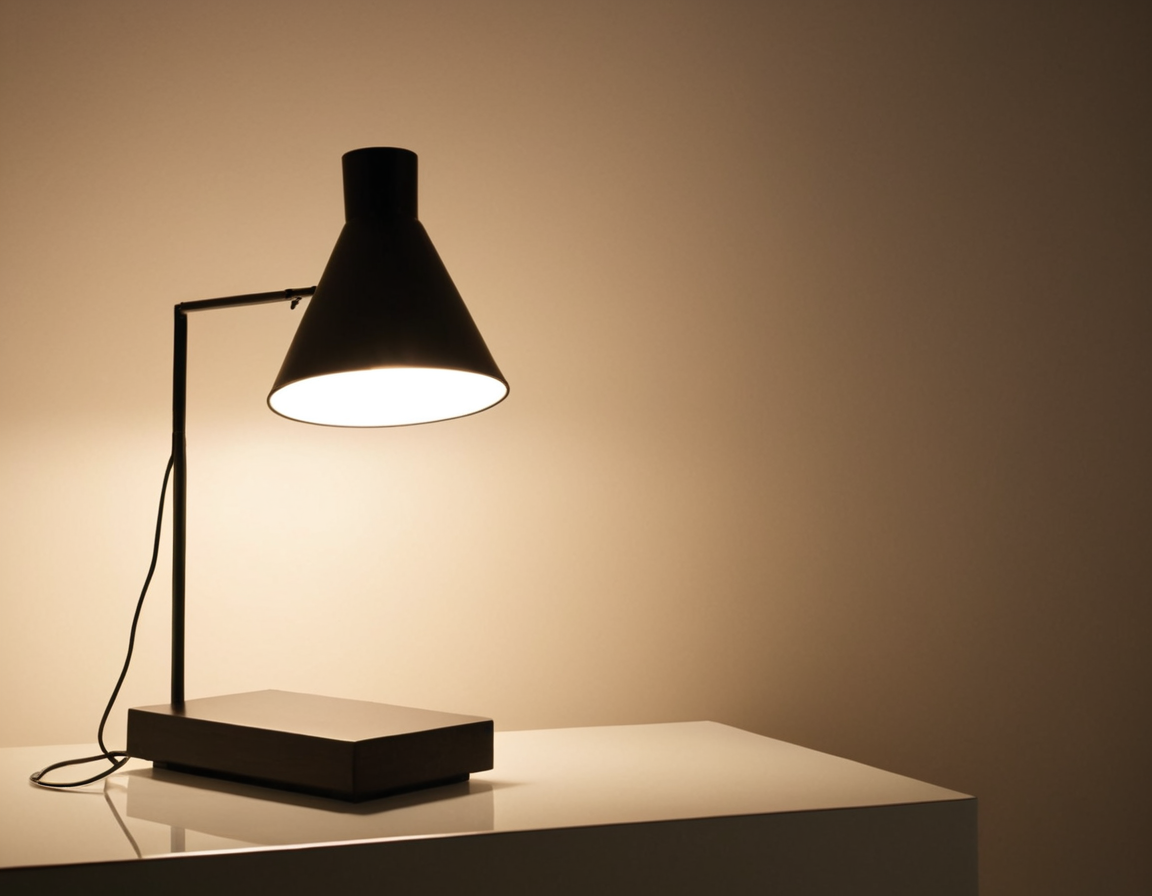Reflected Light Pro Tips: Elevate Product Pics

Mastering Reflected Light for Stunning Product Photography
As a product photographer, understanding the power of reflected light is essential to capturing high-quality images that showcase products in the best possible light. In this article, we will delve into the world of reflected light and explore 10 pro tips to help you achieve professional-grade results.
Understanding Reflected Light
Reflected light refers to the way light bounces off surfaces and interacts with objects. As a photographer, controlling and manipulating reflected light can significantly impact the overall aesthetic and mood of an image.
Tip #1: Learn Your Lighting Kit
Before we dive into the nitty-gritty of reflected light, it’s essential to understand your lighting kit. Familiarize yourself with the different types of lights, their color temperatures, and how they interact with various surfaces. This knowledge will help you make informed decisions about which lights to use and how to position them.
Tip #2: Shoot on a Gray Card
Shooting on a gray card is an excellent way to capture accurate product representation. The gray card provides a neutral background that won’t add any color or texture to the image, allowing you to focus on the product itself. This technique requires some practice, but the results are well worth it.
Tip #3: Use Softbox Lights for Flattering Product Images
Softbox lights are designed to produce soft, even illumination that reduces harsh shadows and highlights. When working with product photography, softbox lights can help create a flattering, airbrushed effect that draws attention away from imperfections and onto the product itself.
Tip #4: Experiment with Different Light Sources
Don’t be afraid to experiment with different light sources, such as natural light, flash, or continuous lighting. Each has its unique characteristics and can add depth and interest to your images. Just remember to always prioritize accurate representation and avoid over-illuminating or under-illuminating the product.
Tip #5: Pay Attention to Color Temperature
Color temperature plays a significant role in reflected light. Warm white lights (2700K-3000K) can create a cozy, inviting atmosphere, while cool white lights (5000K-6500K) produce a more clinical, sterile effect. Choose the right color temperature for your brand and product to ensure consistency across all marketing materials.
Tip #6: Control Ambient Light
Ambient light is any unwanted light that’s present in the scene, such as window light or artificial light from nearby sources. Controlling ambient light can help minimize distractions and create a more focused, attention-grabbing image.
Tip #7: Consider the 2/3 Rule
The 2/3 rule suggests positioning your light source at an angle of about 2/3 from the product’s perspective. This creates a more dynamic, three-dimensional effect that draws the viewer’s eye into the image.
Tip #8: Shoot in RAW
Shooting in RAW format provides more flexibility during post-processing, allowing you to make non-destructive edits and adjustments. This is particularly useful when working with complex lighting setups or trying to achieve specific effects.
Tip #9: Invest in a Reflective Surface
A well-placed reflective surface can help bounce unwanted light away from the product, reducing harsh shadows and highlights. This technique requires some trial and error, but the results are well worth the investment.
Tip #10: Practice and Experimentation
Lastly, remember that mastering reflected light is an ongoing process. Continuously practice and experiment with different techniques, lighting setups, and products to develop your skills and stay ahead of the curve.
Conclusion
In conclusion, controlling and manipulating reflected light can significantly impact the overall aesthetic and mood of a product image. By understanding the basics of lighting, experimenting with different techniques, and prioritizing accurate representation, you’ll be well on your way to creating stunning product photography that showcases products in the best possible light.
Next Steps
What’s your current approach to working with reflected light? Share your experiences, tips, or questions in the comments below.
Tags
reflected-light-photography product-shoots photo-techniques stylish-shots décor-effects
About Teresa Gomez
Photography enthusiast & blogger Teresa Gomez shares her expertise on inspiring photography techniques, tutorials, and tools to help creatives elevate their craft at lentecreativa.com.
